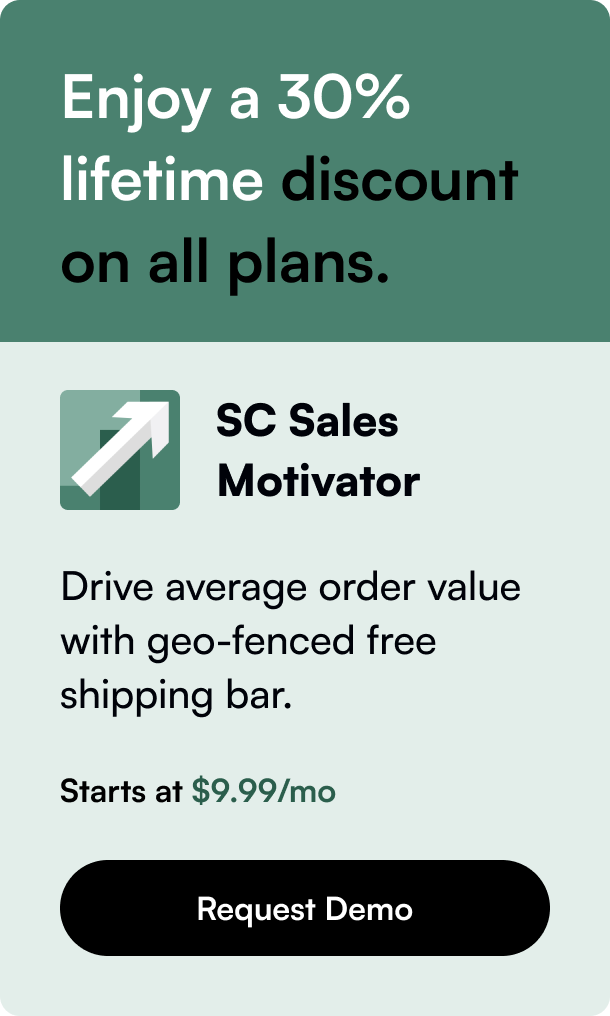Table of Contents
- Introduction
- Understanding Shopify Payment Fees
- The Implications of Shopify’s Fees
- Tips for Managing and Reducing Shopify Fees
- Conclusion
- FAQ Section
In the rapidly evolving e-commerce landscape, Shopify stands out as a powerful platform that helps merchants sell online and in-person. But, as with any platform that processes payments, there are associated costs. How much does Shopify charge for payments, you might wonder? This comprehensive guide dives deep into the intricacies of Shopify's payment processing fees, giving you clarity on how much you'll be spending to use this platform and how to possibly reduce those costs.
Introduction
Imagine you've just set up your Shopify store. It’s sleek, user-friendly, and ready to welcome throngs of eager customers. There’s just one more piece to the puzzle: understanding the payment processing fees. Might sound daunting, right? But fear not! This guide is crafted to demystify Shopify's payment charges, helping you navigate your way to a cost-effective setup. Whether you're a budding entrepreneur or scaling up your business, understanding these fees is crucial for your bottom line. Let's delve into what makes Shopify's payment processing tick, and uncover ways to keep more hard-earned dollars in your pocket.
Understanding Shopify Payment Fees
Shopify offers an integrated payment solution called Shopify Payments, designed to streamline your transactional processes. But, like any good service, it comes with its price tag.
The Basics of Shopify Payments Fees
Shopify structures its payment processing fees around your plan (Basic, Shopify, Advanced) and the method of payment (in-person or online). These fees are a combination of a percentage of the total transaction and, in some cases, a flat fee per transaction. The fees slightly vary based on your geographical location and the buyer's payment method.
Breakdown by Shopify Plans
-
Basic Shopify Plan: Ideal for entrepreneurs stepping into the online retail space. For online transactions, expect to pay a rate that combines a specific percentage of the sale and a flat fee. The precise figures can depend on your country of operation, but this setup is designed for those just getting traction.
-
Shopify Plan: Geared towards growing businesses. This middle-tier plan decreases the percentage slightly, making it a bit more cost-effective per sale as your volume increases.
-
Advanced Shopify Plan: Best suited for scaling businesses with high sales volumes. This plan offers the lowest transaction fees percentage-wise, beneficial for stores with significant online sales traffic.
Payment Methods and Fees
-
Online Payments: When customers pay using credit cards online, you'll incur the primary rate detailed in your Shopify plan.
-
In-Person Payments: If you utilize Shopify's POS for physical sales, the fees are generally lower than online transactions, encouraging omnichannel retailing.
-
Shopify Payments vs. Third-Party Providers: Using Shopify Payments typically waives additional fees. Opting for third-party gateways incurs transaction fees on top of your plan's usual rates.
The Implications of Shopify’s Fees
For Your Business
Understanding these fees is crucial for pricing your products and projecting your profit margins. The right Shopify plan can influence your business's financial health.
For Your Customers
Indirectly, the fees can impact how you price your products or services. Being smart about managing these fees can help you offer competitive pricing to your customers.
Tips for Managing and Reducing Shopify Fees
1. Choose the Right Shopify Plan
Evaluate your sales volume and choose a plan that offers the most advantageous rates for your business size. Upgrading your plan as you grow can reduce the percentage paid in fees.
2. Use Shopify Payments
Utilizing Shopify Payments eliminates additional transaction fees that come with third-party providers, making it a cost-effective choice.
3. Encourage In-Person Sales
For businesses that also sell in person, leveraging Shopify's POS can save on transaction fees compared to online sales.
4. Monitor and Optimize
Keep a close eye on your sales and transaction fees. Regularly reviewing these figures can help you make informed decisions about managing costs effectively.
Conclusion
Shopify's payment processing fees are an integral part of your e-commerce operations. While they are a necessary cost of doing business online, understanding and strategically managing these fees can significantly benefit your bottom line. By choosing the right plan, using Shopify Payments, and encouraging in-person sales when feasible, you can optimize your expenses and enhance your store's profitability.
Navigating through Shopify's fee structure might seem overwhelming at first, but with the insights from this guide, you're now equipped to make informed decisions that align with your business goals. Remember, the key to effective fee management lies in regularly reviewing your setup and adapting to changes in your sales volume and business needs.
FAQ Section
Q1: Can I switch Shopify plans at any time to benefit from lower fees? Yes, Shopify allows you to switch your plan at any time. If your sales volume increases, moving to a higher plan can reduce your transaction fees.
Q2: Are there additional fees for using credit cards from outside my country? Yes, for international credit cards, Shopify Payments may impose an additional fee for currency conversion.
Q3: How can I avoid the additional fees charged by third-party payment providers? By using Shopify Payments as your primary payment processor, you can avoid the extra fees associated with third-party providers.
Q4: Is it possible to negotiate lower fees with Shopify? Typically, Shopify's fees are non-negotiable. However, choosing the right plan and using Shopify Payments are great strategies to reduce costs.
Q5: Are the fees different for in-person sales using Shopify POS? Yes, in-person sales generally incur lower transaction fees than online sales, making Shopify POS a cost-effective option for physical retail.








